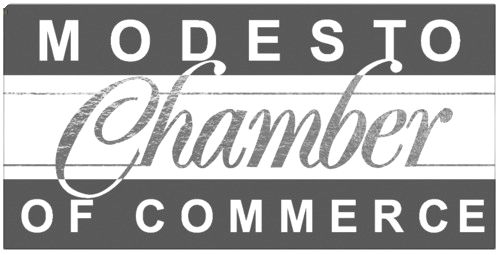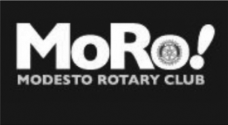Weaving clarity into creativity
At Gerbo Designs, we simplify complexity to help your brand’s message shine. As a marketing agency in Modesto, we blend clarity and creativity, ensuring your story is impactful and easy to understand. We connect the threads of your vision into thoughtful, strategic designs that resonate with your audience and elevate your brand.
See what we can do
Our Process

Listen and Learn

Define the Vision

Bring it to Life

Perfect the Details
Guiding brands through pivotal moments by simplifying branding & marketing to deliver creative brand strategy, brand identity, & digital solutions.
At Gerbo Designs, we simplify branding and marketing to help businesses navigate key moments with confidence. As a trusted, local marketing agency, we craft strategic, cohesive brand identities and provide clear digital direction so your message stands out and resonates with your audience.
Our Clients
We’ve had the privilege of partnering with businesses across Modesto, Stanislaus County, and the Central Valley, helping them elevate their brands through creative strategy and impactful design.














































